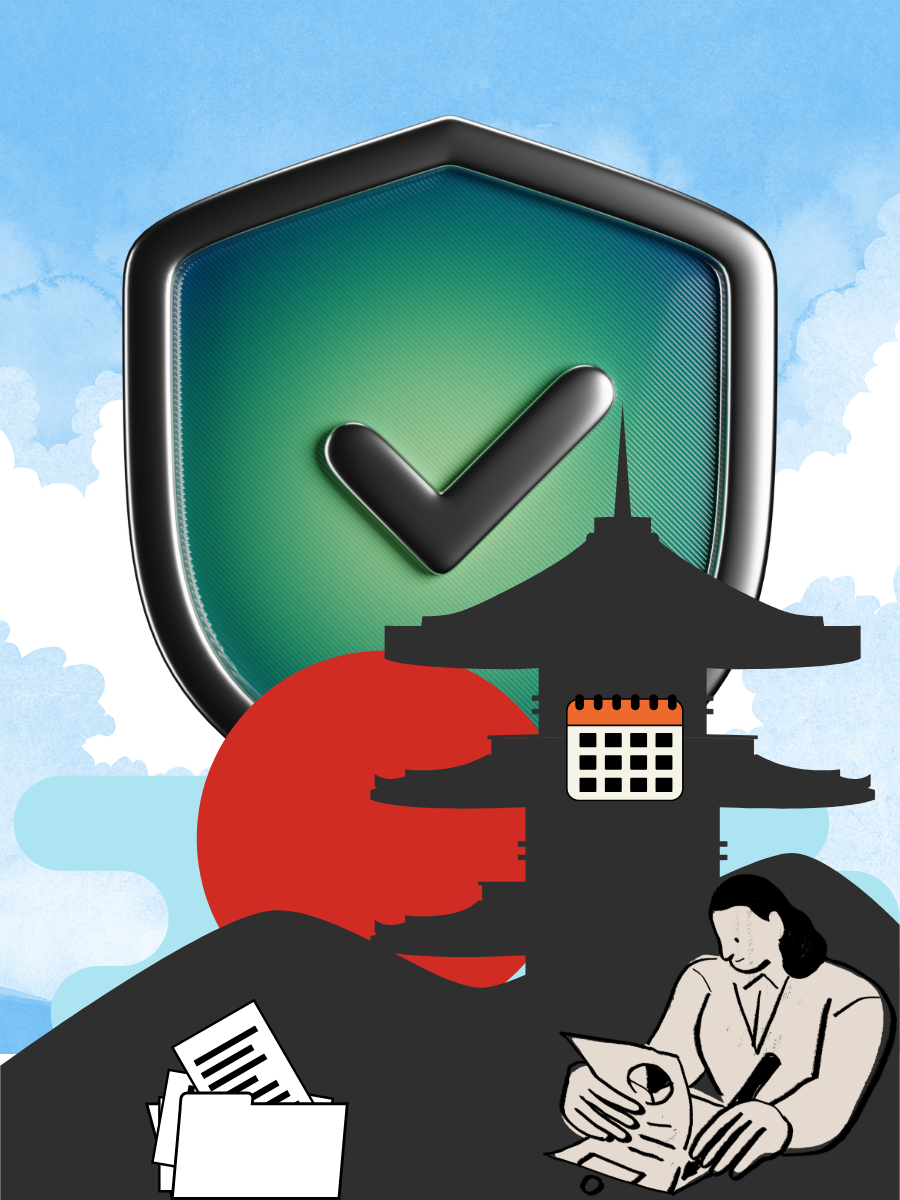Introduction
Filing a trademark application in Brazil is a smart and secure move for anyone planning to start a business in the country, as it safeguards your brand identity. As the largest economy in Latin America, Brazil offers diverse opportunities for businesses. In this blog, we will walk through the process of filing a trademark application in Brazil, covering the legal framework and each step involved in securing protection.
Why Register a Trademark in Brazil?
Brazil follows a “first to file” system for trademark registration, meaning the person who files the trademark application first gets the rights, regardless of who used the trademark earlier. By registering a trademark, a company can secure rights to use the mark across the country. It gives legal protection in case of infringement which is a massive opportunity to licence or franchise your brand and to increase brand value of the company.
Brazil mandates trademark registration under Law No. 9.279/1996, known as the Industrial Property Law, which governs and regulates the process. It explains the rights and responsibility of trademark holders and the registration, opposition and enforcement of trademarks.
Required Documents
When applying for a trademark, companies need to gather a few essential documents. The applicant’s authorised representative must first properly sign a power of attorney. No need for notarisation, legalisation, or apostille here! If companies don’t have this ready while filing, they can submit it to the BPTO within 60 days of your filing date.
Also, if a company is claiming priority then make sure to include a simple copy of the priority application that includes all the goods or services you want to register in Brazil. If you miss to file these documents during your initial filing, you can still send it to the BPTO within 4 months. And if any of the trademarks is a composite or device then companies need to provide a clear sample of the mark so they can make copies that meet BPTO requirements.
Registration Of Trademark
To register a trademark in Brazil, the applicant must ensure the sign is distinctive, visually noticeable, and meets all legal criteria. However, non-traditional trademarks such as smells, sounds, and tastes don’t qualify for protection. That said, since enacting the Industrial Property Law in 1997, Brazil has permitted the registration of three-dimensional (3D) signs.
Article 124 of the law prohibits registration of certain signs, such as:
- The law excludes signs that are generic, necessary, common, or merely descriptive of the product or service unless the applicant presents them in a distinctive way.
- Names, awards, or symbols associated with sporting, artistic, cultural, social, political, economic, or technical events, as well as any imitations that could cause confusion, unless you have permission from the relevant authority or organisation.
Registration Requirements
Under the law, you can register any unique and visually distinctive sign as a trademark, provided it meets the necessary legal standards. However, because it needs to be visually represented, non-traditional trademarks like scents, sounds, and tastes aren’t eligible for protection. Interestingly, Brazil has made an exception by allowing the registration of three-dimensional (3D) signs since the Industrial Property Law came into effect in 1997.
Examination and Opposition
After you submit your application, it will be published, giving anyone interested a 60-day window to file an opposition. If any person raises any objection the company will be notified and also given another 60 days to respond. Once the opposition period ends, after that examination process starts in which they check any potential conflict with these trademarks. During this phase, companies might receive any office actions or requests and companies will need to answer within 60 days. If you don’t respond to an office requirement, your application will be put on hold. However, if you do respond, the examination will continue, even if you haven’t fully met the requirement or if your response is a formal challenge to the office action.
In the absence of any opposition, the examiner proceeds to review the availability search results. A conflict with an existing registration may lead to a denial of your application. When the conflicting registration is under forfeiture or involved in a court case, the examiner places your application on hold until a final decision is made. The same rule applies to senior applications still under review. After completing the examination, the examiner either approves or rejects your application. If rejected, you have 60 days to appeal to the BPTO president. Once registered, a trademark remains valid for 10 years and is renewable for additional 10-year periods. To renew, companies must submit a request and pay the required fee during the final year of the registration term. If they miss the deadline, they can still file within a 6-month grace period by paying an additional fee.
International Protection
Brazil officially joined the Madrid Protocol on 2nd October, 2019. This has simplified the process of trademark registration with just one application.
Conclusion
Registering a trademark in Brazil is a secure and vital move for businesses thinking to enter and settle in the Brazilian market. It protects their brand name and the customer in the market. To secure your trademark rights and brand value a company has to go through the registration process and the legal requirements.
References
- Goytia & Associates , How to file a trademark in Brazil? https://goytiapkg.com/how-to-file-a-trademark-in-brazil/
- Philippe Bhering, Brazil: Trademark procedure and strategies, 21 oct 2022, WTR https://www.worldtrademarkreview.com/guide/the-wtr-yearbook/2022/article/brazil
- Instituto Nacional da Propriedade Industrial (INPI), 08 July 2019 https://www.gov.br/inpi/en/services/trademarks/madrid-protocol
- Madrid Agreement Concerning the International Registration of Marks, 27 June 1989 https://www.wipo.int/export/sites/www/treaties/en/docs/pdf/madrid_marks.pdf







